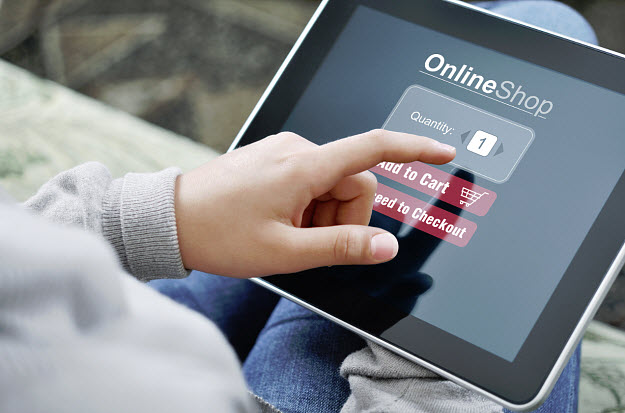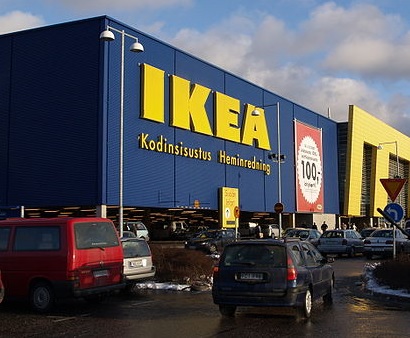Mobile commerce is expected to lead the growth of online payments adoption in Malaysia.
According to iPay88, the leading online payment service provider in South East Asia, Malaysia’s m-commerce market will lead the growth of online payments adoption through mobile shopping. The executive director of iPay88 Chan Kok Long said that mobile commerce is now the hot trend to watch and that based on the ratio of the company’s mobile traffic – including its total online payment transactions – digital payment transactions make up nearly 70 percent of the Malaysian market, reported Marketing Interactive.
The mobile commerce trend is expected to rise as the number of mobile device users increases.
Last year, iPay88 recorded that 3.7 million online shoppers who made purchases via its systems used a mobile device. Back in 2014, this number was only 2.0 million, clearly revealing that the growth of mobile shopping in the country is accelerating at a huge speed. So far, this year, iPay88 has reported that in the first quarter 1.6 million shoppers have already made purchase via mobile.
 With the number of mobile users increasing in Malaysia, the m-commerce trend is forecasted to increase. In 2015, mobile penetration reached 136 percent with 47 percent of Malaysians using their mobile phones to shop online.
With the number of mobile users increasing in Malaysia, the m-commerce trend is forecasted to increase. In 2015, mobile penetration reached 136 percent with 47 percent of Malaysians using their mobile phones to shop online.
Additionally, iPay88 has also noticed an increase in the number of merchants actively promoting mobile purchases this year. The company also noted that the percentage of mobile traffic has risen significantly from 27 percent in 2014 to 38.4 percent in 2015 to 48.6 percent in 2016 so far.
Malaysia’s m-commerce market ranks third in terms of mobile shopping growth rate in Asia.
This statistic comes from a mobile shopping survey conducted last year, which revealed the country’s mobile shopping growth rate to be over 20 percent from 25.4 percent in 2012 to 45.6 percent in 2014.
Amazon, Apple, Google Play, Walmart and several other popular international online stores have recorded a growing number of consumers making purchases via mobile. However this doesn’t come as a surprise.
“No doubt the availability of cheap smart phones and laptops have made the Internet accessible to a whole new demographic. The advent of tablets and smart watches has also broadened the spectrum of Internet usage,” said iPay88’s executive director Chan Kok Long.
In terms of the m-commerce market in Malaysia, ticketing accounts for 35 percent of purchases made via smartphones, while marketplace/group buying makes up 29 percent. However, when it comes to airline tickets, these items are mostly purchased via tablets.

 How it works is quite simple. Using an IKEA app, customers scan the items they intend to purchase from the store with their mobile phone and place the items in their cart as they shop. Once they reach the checkout point, the app combines all the items they’ve scanned to obtain the total purchase. From there it generates a QR code. This
How it works is quite simple. Using an IKEA app, customers scan the items they intend to purchase from the store with their mobile phone and place the items in their cart as they shop. Once they reach the checkout point, the app combines all the items they’ve scanned to obtain the total purchase. From there it generates a QR code. This 